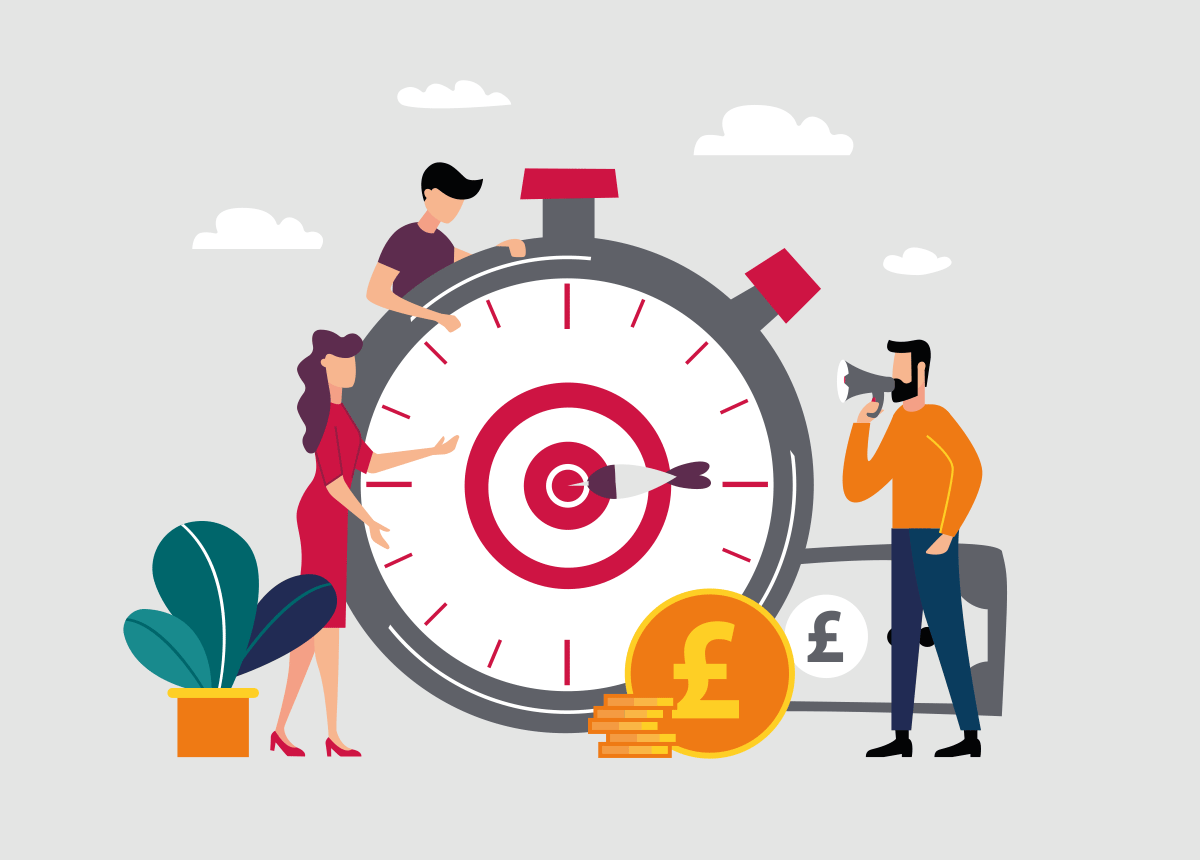In the current economic climate, late payers are commonplace. When late payers turn into bad debts, it can put huge financial stress on a business. I have talked in previous blogs about how to spot potential bad debt, and how to manage debtors more effectively to free cashflow.
If a debt does become unrecoverable, tax relief is obtained for bad debt when it is deducted against the trading profits of a business. A reduced profit produces a lower tax bill, and it is important that businesses are aware of the point at which bad debts can be recognised in their accounts.
There is no specific accounting standard covering bad debt. The treatment of bad debt provisions is covered by the ‘Statement of Principles for Financial Reporting’. A debtor should be recognised if it will yield ‘economic benefit’ ie an inflow of cash. The following paragraph (4.14) is of relevance for bad debts:
This future economic benefit need not, however, be certain. Indeed, there is always some uncertainty whether expected future economic benefits will be obtained either to the extent expected or at all. In some cases, that uncertainty is so great that the asset is not recognised.
Taken from ‘Statement of Principles for Financial Reporting’, Accounting Standards Board
The key consideration when considering debtor recoverability is the financial/commercial position of the customer. If a customer is simply late with a payment, this does not necessarily mean the debt is not recoverable. If the customer is going through formal insolvency procedures – a CVA, bankruptcy or similar – then clearly a provision would be required (you would typically factor in the amount that the administrator expects to return to creditors – if any). Between a ‘late payer’ and an ‘insolvent customer’, there is a grey area where judgement is required. The customers circumstances – their level of debt, sector, management strength etc should all be considered, if available.
The accounting standard FRS21 ‘Events after the balance sheet date’ provides some guidance on the adjustments that can be made for bad debts that arise from information received after the year end. In simple terms, any new information which indicates that an asset was impaired at the balance sheet date is an adjusting event. For example, if a customer becomes bankrupt one month after the year end, then it seems likely that their financial circumstances were such that the debt was unlikely to be recoverable at the year end – and therefore a provision should be made in the accounts. Using a further example, if a customer loses its major contract three months after the year end, and subsequently enters an insolvency procedure without paying the ‘year end debtor’, then it could be argued that the asset was not impaired at the year end, and a provision should not be made in the year end balance sheet.
The recognition of bad debts can be subjective and should be discussed with your accountants/auditors.






 7 mins
7 mins 
